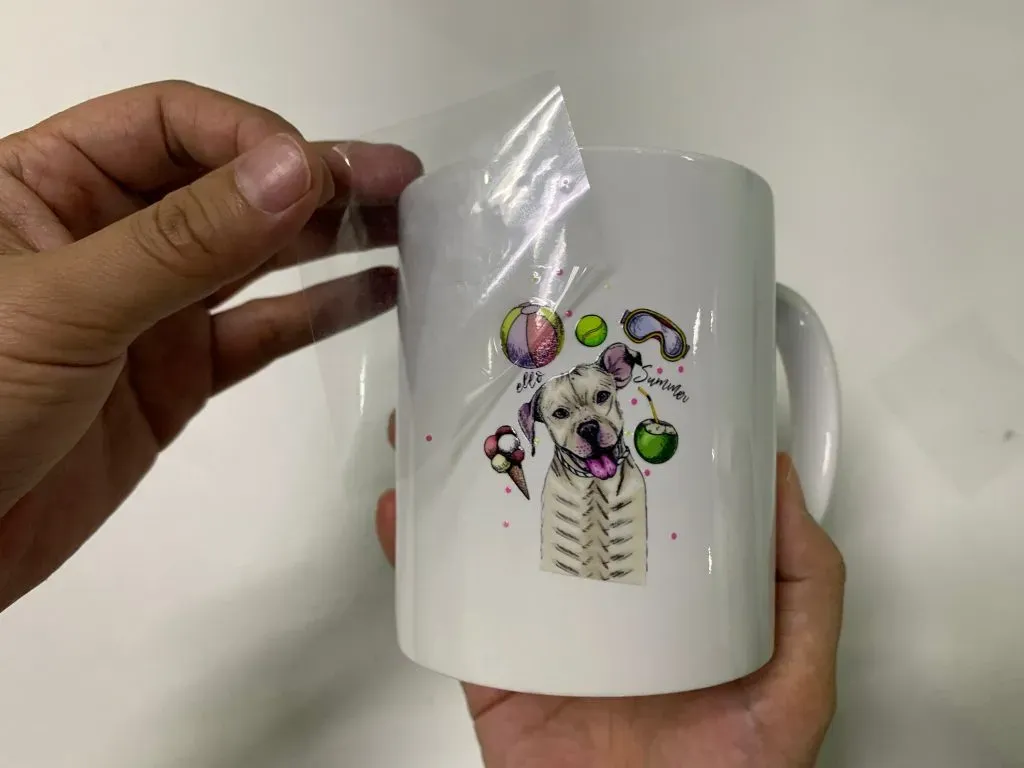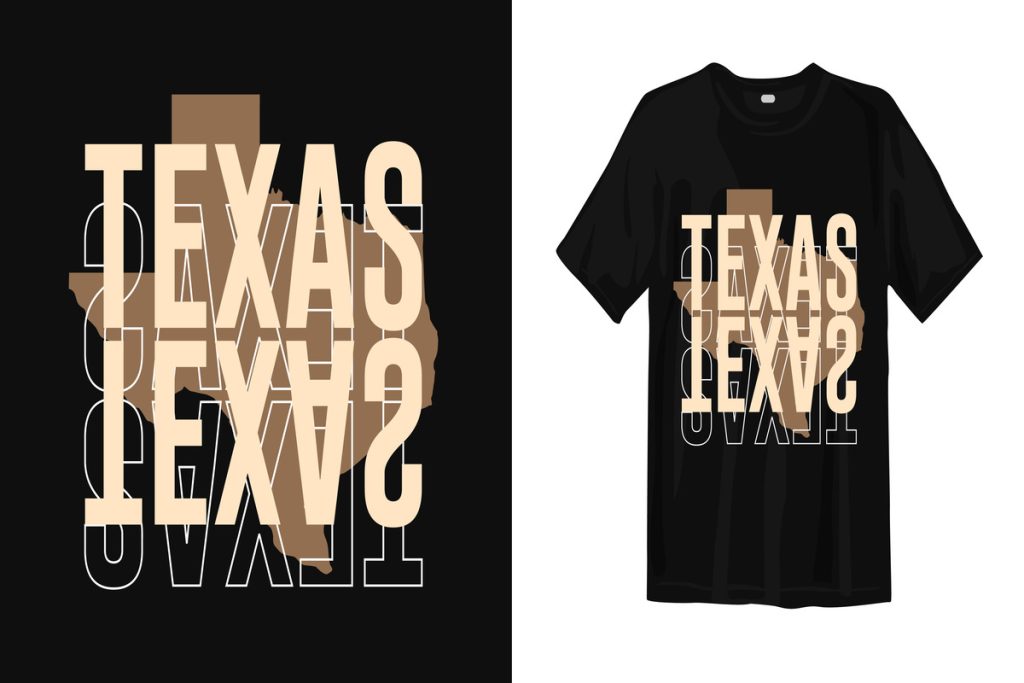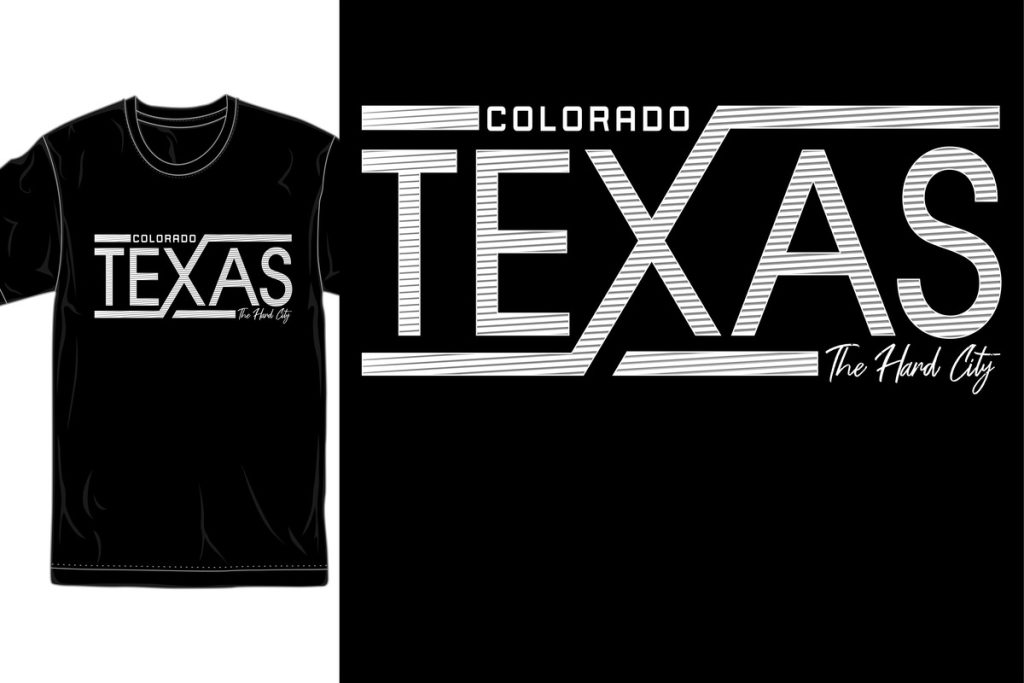UV DTF, or Ultra Violet Direct to Film printing, is revolutionizing the graphic design industry with its cutting-edge technology. This innovative printing method combines the advantages of traditional DTF printing with UV ink curing, offering vibrant colors and exceptional durability. Designers are increasingly embracing UV DTF for its ability to produce stunning prints on various surfaces, making it a versatile choice for custom printing solutions. Whether it’s for promotional items, personalized gifts, or corporate branding, the impact of UV DTF on contemporary design projects is profound. In this exploration, we will delve into the standout benefits of UV DTF, illustrating how it enhances design flexibility, print quality, and production efficiency.
In the realm of modern printing techniques, Ultra Violet Direct to Film technology stands out as a powerful solution for graphic arts. Often referred to simply as UV printing, this advanced method enables artists and designers to apply vivid prints onto a multitude of substrates, broadening the horizons for creative expression. Known for a seamless integration of direct to film printing principles with ultraviolet ink curing, this technology delivers high-quality outputs with remarkable speed. As more designers discover the potential of UV prints on various surfaces, custom printing solutions are becoming increasingly essential in meeting diverse consumer demands. This article aims to unveil the numerous advantages that this innovative approach brings to the field of graphic design.
Discovering UV DTF Printing: A New Era in Graphic Design
UV DTF printing stands at the intersection of innovation and utility in modern graphic design. This technology utilizes UV light to cure inks rapidly, enabling vibrant prints that maintain their quality over time. Designers increasingly find themselves drawn to this technique, not only for its superior color accuracy but also for its capability to print on diverse substrates, from soft fabrics to hard surfaces like metal and glass. The flexibility offered by UV DTF allows graphic designers to tackle a wide variety of projects without being constrained by traditional printing limitations.
Moreover, UV DTF represents a fusion of traditional DTF methods with cutting-edge UV curing technologies, ensuring that print quality meets the ever-evolving demands of the market. As graphic design continues to push boundaries, this innovative printing method provides designers with the tools to create customized solutions that stand out. The adaptability of UV DTF means that whether it’s for personalized gifts or branded corporate merchandise, designers can achieve their vision with precision and clarity.
Frequently Asked Questions
What is UV DTF printing and how does it differ from traditional UV printing?
UV DTF (Direct to Film) printing utilizes UV curing technology to print vibrant images directly onto film, which can then be transferred onto various surfaces. Unlike traditional UV printing that prints directly on substrates, UV DTF allows flexibility in transferring designs onto different materials, making it ideal for custom printing solutions.
What are the benefits of using UV DTF for custom printing solutions?
UV DTF provides numerous benefits for custom printing solutions, including exceptional color accuracy, durability against fading, and the ability to print on a diverse range of materials, such as fabric, metal, and glass. This versatility enables designers to create unique, personalized items that stand out.
How does UV DTF enhance graphic design projects?
UV DTF enhances graphic design projects by allowing for detailed, high-quality prints with intricate designs and vibrant colors. The quick drying time of UV inks means designers can meet tight deadlines while maintaining the quality of their work, ensuring client satisfaction.
Can UV DTF printing be used for high-volume production?
Yes, UV DTF printing is suitable for high-volume production due to its rapid drying capabilities and efficiency. This technology allows designers to fulfill bulk orders quickly without compromising on print quality, making it a preferred choice in commercial graphic design.
What types of surfaces can I print on using UV DTF technology?
UV DTF technology is highly versatile and can print on various surfaces, including fabrics, hard surfaces like wood and metal, plastics, and even glass. This opens up endless opportunities for graphic designers working on diverse projects.
Is UV DTF environmentally friendly compared to other printing methods?
UV DTF printing can be more environmentally friendly because it uses UV inks that cure immediately and produce fewer volatile organic compounds (VOCs) than solvent-based inks. Additionally, the technology promotes efficient use of materials, reducing waste in the custom printing process.
| Key Advantage | Description |
|---|---|
| Versatility in Substrates | Can print on various materials, including fabric, wood, metal, and glass, enabling a wide range of creative applications. |
| Quality and Durability | Utilizes UV light to cure inks for high color accuracy and prints that resist fading and wear. |
| Speed and Efficiency | Quick drying times enhance production speed, allowing for on-demand printing and high-volume production. |
| Flexibility in Design | Enables intricate designs and easy customization to cater to unique client needs and trends. |
Summary
UV DTF technology is revolutionizing the graphic design industry by offering unparalleled advantages. It provides designers with remarkable versatility and quality in their prints, allowing them to work with a broad range of substrates, including textiles and hard surfaces. This innovation enhances the durability of designs, ensuring they withstand time and usage. Moreover, the rapid production capabilities of UV DTF facilitate efficient workflows, critical in today’s fast-paced market, while its flexibility supports intricate and customized design solutions. Embracing UV DTF not only fulfills current market demands but also opens up exciting new avenues for creativity and personalization in graphic design.



